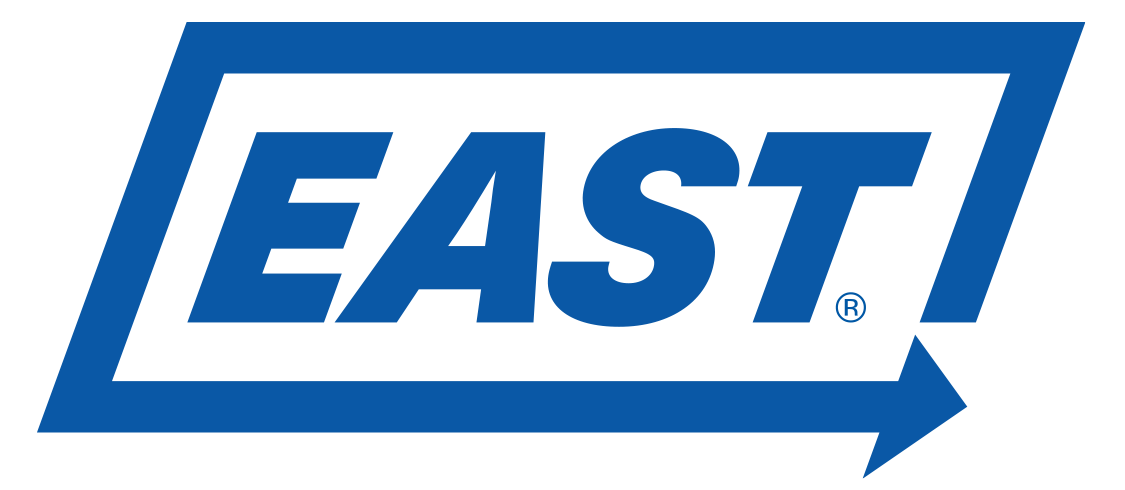Updated Pre-Trip Inspection for Your Flatbed Trailer
RANDOLPH, Ohio – February 24, 2019 – The following instructions provide a general description of the proper procedures to be completed before operating your flatbed trailer. We recommend that you follow your specific flatbed trailer manufacturer’s instructions for maintenance procedures.
To prolong the life of your trailer, it is important to inspect the trailer daily, paying specific attention to the main-beam structure. While walking around the trailer, you should be inspecting the main beam, floor and underside for cracks and damage. Since flatbed trailers are an essential part of many heavy-hauling applications, the right trailer designed to meet your application will provide years and years of productivity and profitability.
WARNING: Walk carefully on the trailer. The deck may be slippery. Step onto and leave the trailer only from a dock as high as the trailer floor, via the flatbed’s integrated stairway or by means of a substantial ladder. Advise others of these precautions.
CAUTION: East flatbed trailers must be operated ONLY by trained and qualified professional drivers.
Pre-Trip Checkpoints
Driver pre-trip inspections must be made before the first trip of the day and should be made before each subsequent trip during the day. Each pre-trip inspection should include the following equipment checks.
- Inspect for any apparent damage.
- Check to see that all lights function properly, and that all reflectors are in place and not obscured.
- Look for oil, water and fuel leaks.
- Make sure the spare tire is secure in the carrier. Be sure the tire carrier is securely bolted to the chassis.
- Perform a visual check for assurance that the kingpin is engaged and locked within the fifth wheel.
- Check for loose or missing fasteners of the fifth wheel plate.
- Make sure that the kingpin has zero movement.
- Examine the landing gear for proper road clearance, and make sure the crank handle is securely stowed.
- Visually inspect all springs.
- If the trailer has a sliding suspension, make sure all 4 lock pins are completely engaged.
- If you have an air spring, inspect that all air springs are properly inflated, and shock absorber fasteners are tight.
- Check the air pressure of all tires. If needed, inflate tires to tire manufacturer’s specifications.
- Check the oil seals for leakage.
- On wheels with see-through hubcaps, check the oil level in the wheel hubs. Add oil as needed.
- By actuation, determine if the brake system is in proper working order, and listen for air leaks when the brake system is charged.
- Turn the ignition on and observe the ABS warning light. Verify that the light goes on for three seconds and then goes off. If the light remains on, the ABS requires service.
- If present, check that the rear stairway door is securely latched before moving.





